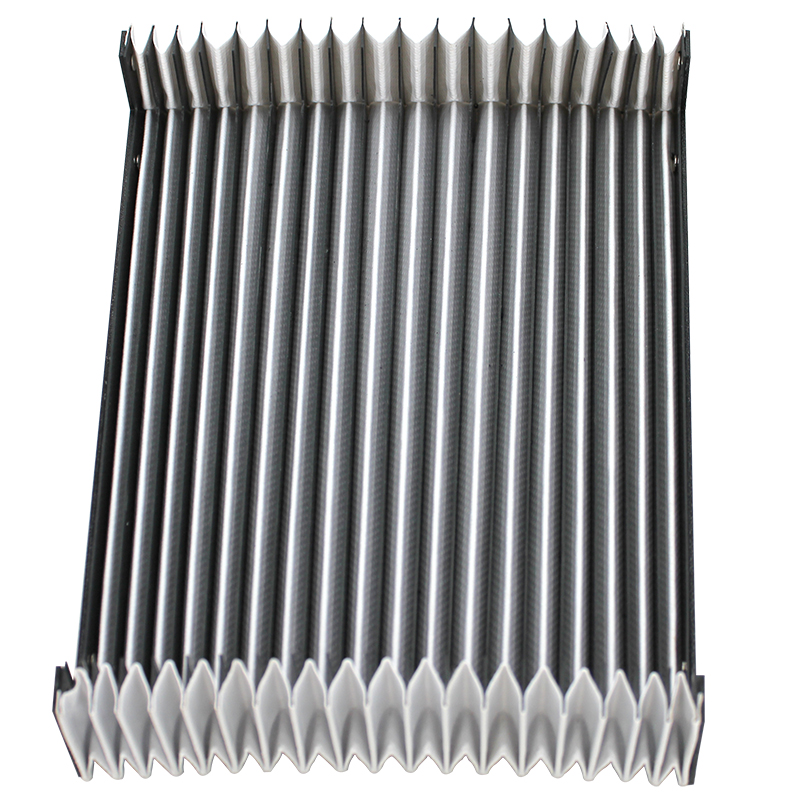Enhanced Durability of Reinforced Drag Chains for Improved Industrial Applications
Understanding Reinforced Drag Chains Enhancing Industrial Applications
In the realm of modern industrial automation and machinery, the efficient management of cables, hoses, and other flexible connections is crucial. One innovative solution that has gained significant traction is the reinforced drag chain. This specialized equipment not only simplifies the organization of various lines but also enhances their longevity and operational safety. In this article, we will explore the features, benefits, and applications of reinforced drag chains in different industries.
What is a Reinforced Drag Chain?
A reinforced drag chain, often referred to as a cable carrier or energy chain, is a flexible framework designed to protect and guide moving cables and hoses. The structure is typically composed of durable materials, often reinforced with additional layers of strength, making it suitable for dynamic industrial environments. These chains allow for smooth movement as machinery operates, preventing tangling or damage to the essential components connected within.
Key Features of Reinforced Drag Chains
1. Durability Reinforced drag chains are built to endure harsh conditions such as high temperatures, abrasion, and exposure to chemicals. The materials used in their construction often include high-quality plastics or metal alloys designed for strength and resilience.
2. Flexibility One of the standout features of reinforced drag chains is their flexibility. They can bend and twist without damaging the cables and hoses within, thus accommodating a variety of movement patterns found in industrial equipment.
3. Modular Design Many reinforced drag chains come with a modular design, allowing for easy customization. This feature enables users to adapt the chain size and configuration based on specific applications, providing optimal efficiency.
4. Easy Installation and Maintenance The user-friendly design of reinforced drag chains allows for quick installation. Moreover, they are designed for easy access to the cables and hoses, simplifying the maintenance process and minimizing downtime.
Benefits of Using Reinforced Drag Chains
reinforced drag chain

1. Enhanced Protection By encasing cables and hoses within a reinforced drag chain, the risk of wear and tear is significantly reduced. This protective layering not only extends the lifespan of the cables but also promotes workplace safety by minimizing the chances of entanglements or accidental damage.
2. Improved Cable Management Reinforced drag chains effectively organize cables and hoses, reducing clutter in workspaces. This organization facilitates smoother operations and allows for clearer pathways, thereby enhancing the overall efficiency of machinery.
3. Increased Efficiency With the cables and hoses properly guided, machinery can operate more smoothly and efficiently. Reduced friction and wear lead to less energy consumption and lower operational costs over time.
4. Versatility Across Industries Reinforced drag chains find applications in various sectors, including manufacturing, robotics, automation, and construction. Their adaptability allows them to be used in diverse settings, from assembly lines to CNC machines and even mobile robots.
Applications in Various Industries
- Manufacturing In manufacturing facilities, reinforced drag chains help manage the extensive networks of power and data cables associated with complex machinery. This leads to enhanced throughput and reduced risk of production halts.
- Robotics As robots become more integral to modern operations, reinforced drag chains play a critical role in ensuring that their mobile components function seamlessly, allowing for high-speed, reliable performance.
- Construction Equipment Heavy machinery in construction sites often operates under strenuous conditions. Reinforced drag chains safeguard cables from damage caused by heavy loads or adverse weather, ensuring the equipment runs reliably.
Conclusion
The use of reinforced drag chains represents a significant advancement in cable management technology. By offering enhanced durability, flexibility, and protection, they contribute to the overall efficiency and safety of industrial operations. As industries continue to evolve, the implementation of reinforced drag chains is likely to grow, reinforcing their essential role in modern machinery and automated systems. Embracing these advancements not only protects vital components but also paves the way for more efficient and safe industrial environments.








